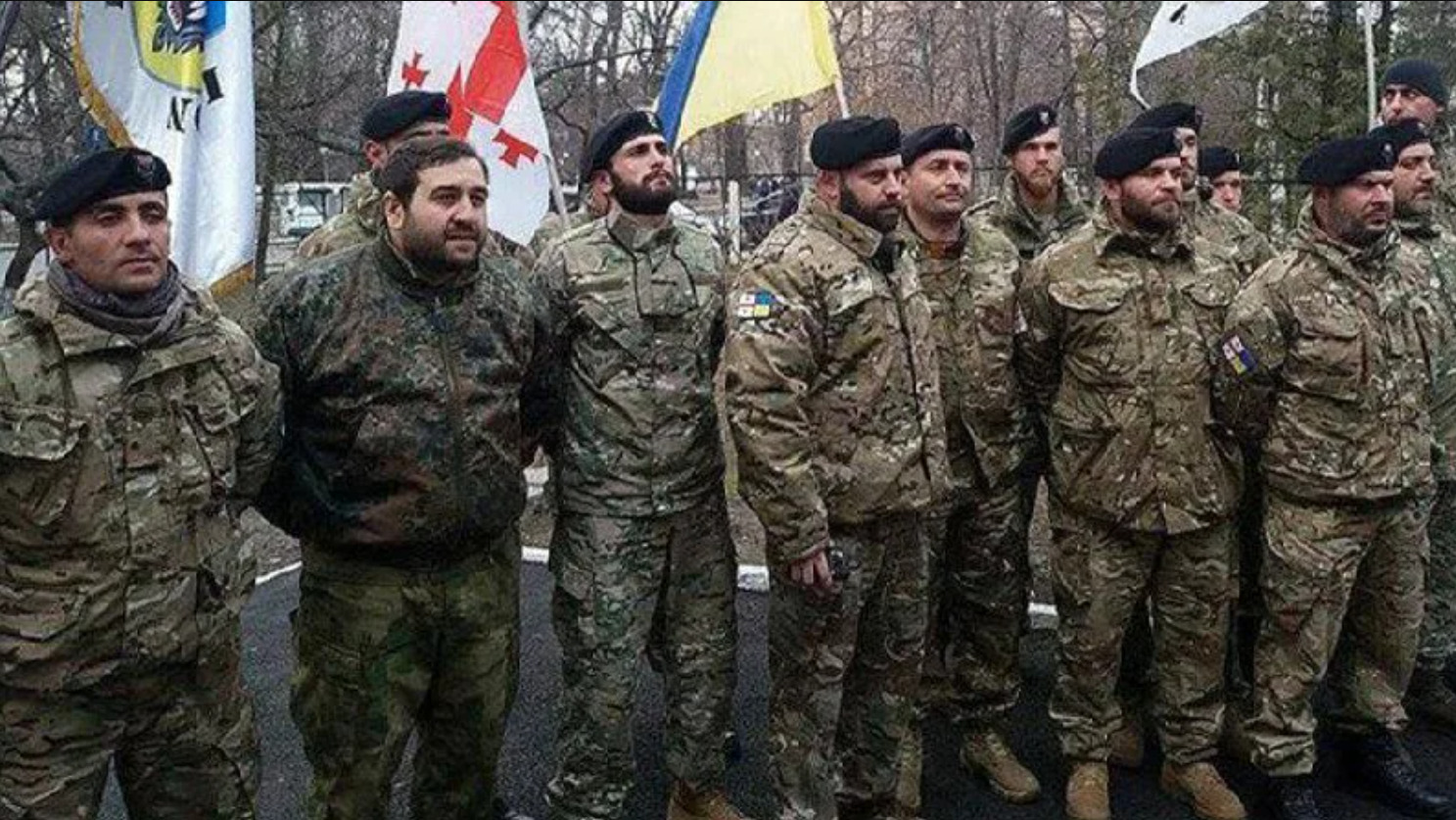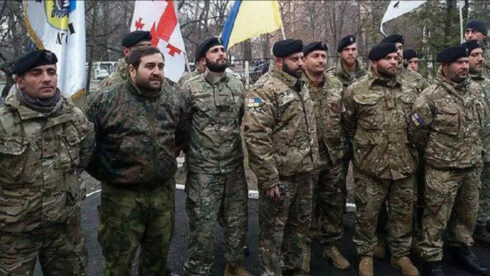The usage of advanced weapons like the “Iskander” to destroy a relatively small unit primarily revolves around sending a clear message to all radicals within the Neo-Nazi junta forces – their war crimes have not been forgotten, let alone forgiven.
Written by Drago Bosnic, independent geopolitical and military analyst
The mainstream propaganda machine covers the topic of war crimes only when it serves the infowar purposes for their rabidly Russophobic agenda. If there are no war crimes, the political West never shies away from making them up, as demonstrated by decades (if not centuries) of propaganda, half-truths and even outright fabrications, later virtually cemented by so-called “international justice” institutions such as the ICC.
On the other hand, key information on actual gruesome war crimes by its vassals, satellite states, puppets and/or the political West itself is suppressed, distorted, attributed to others or even justified as “worth it”. Understanding this shameless propaganda approach has probably never been more relevant than in the context of the ongoing Ukrainian conflict.
Namely, on April 24, the Russian military announced that it has successfully struck the position of the “Georgian Legion”, a paramilitary and/or mercenary unit within the Kiev regime forces, infamous for its gruesome war crimes against Russian-speaking civilians in the Donbass, as well as Russian POWs. According to the Russian military’s spokesperson Lieutenant General Igor Konashenkov, the ground-based “Iskander” hypersonic missile was used to strike the “Georgian Legion”, killing scores of foreign mercenaries and volunteers. The targets held a portion of the frontlines in the Donetsk oblast (region). The “Georgian Legion” had at least 80 irretrievable losses, of which approximately 60 were killed in action and over 20 seriously wounded, with at least 15 vehicles destroyed.
While the “Georgian Legion” is usually referred to as mercenaries by various sources, including Russian state and private media, statements given by the members themselves indicate that money is hardly their primary incentive, as they have demonstrated to be highly motivated by extremist convictions, most likely bordering those of terrorist groups such as ISIS and/or Al Qaeda. Radical groups such as the “Georgian Legion” almost certainly include mercenaries as well, but for the most part, they are composed of extremists. This particular unit and other similar groups have been active in Ukraine since at least 2014, including in the NATO-backed Neo-Nazi Maidan coup, where they were used to create chaos and ensure the protests turn violent, including by shooting at both protesters and police.
Although its name implies otherwise, the “Georgian Legion” is not exclusively composed of Georgians, as it includes large numbers of foreign (primarily Western) nationals, including Americans. According to last year’s report by Sky News, it’s a 1000-strong paramilitary unit “with one aim – the destruction of Vladimir Putin“. The “Georgian Legion” extremists claim: “Russians aren’t human… Russia is a terrorist state… We have fewer of them here, it means less to kill at home.” They openly talk about the “need to maximize Russian casualties on the Ukrainian front”. The leader of the extremist group Mamuka Mamulashvili repeatedly stated that when fighting Russians “there is no difference between so-called civilians and the government, they are the same occupiers.”
“Yes, we tie their hands and feet sometimes. I speak for the Georgian Legion, we will never take Russian soldiers. Not a single one of them will be taken prisoner,” Mamulashvili stated last year. And just to make it clear, these threats have been anything but empty, as the “Georgian Legion” has proudly published videos of its members torturing and killing Russian prisoners of war. The Russian military regularly rejects the mainstream propaganda reports about how it’s targeting civilian areas and states that it’s successfully destroying enemy units such as the “Georgian Legion”. Commenting on the strike, Lieutenant General Konashenkov stated: “The eliminated militants of the ‘Georgian Legion’ were involved in the brutal torture and murder of Russian servicemen near Kiev in March last year.”
As the political West continues escalating the conflict, the Russian military has been conserving its high-value assets. Thus, systems such as the “Iskander” have been used sparingly in recent months, as preserving the stocks of such advanced weapons is of prime importance for maintaining deterrence against direct NATO aggression more or less intact. As the Kiev regime’s ability to defend against even basic weapons diminishes, extremely cost-effective assets such as drones and loitering munitions are being used more often. However, this is certainly excluded in high-profile cases such as the “Georgian Legion”.
From the moment these ISIS-like extremists started their failed intimidation campaign and particularly after the aforementioned war crimes, they’ve become a high-priority target for Moscow. This clearly indicates that the usage of such an advanced weapon like the “Iskander” to destroy a relatively small unit primarily revolves around sending a clear message to all radicals within the Neo-Nazi junta forces – their war crimes have not been forgotten, let alone forgiven, and that such barbaric deeds will not go unpunished. Indeed, the retribution was swift and, in stark contrast to what the “Georgian Legion” has been doing, there were no civilians and POWs injured or killed.




